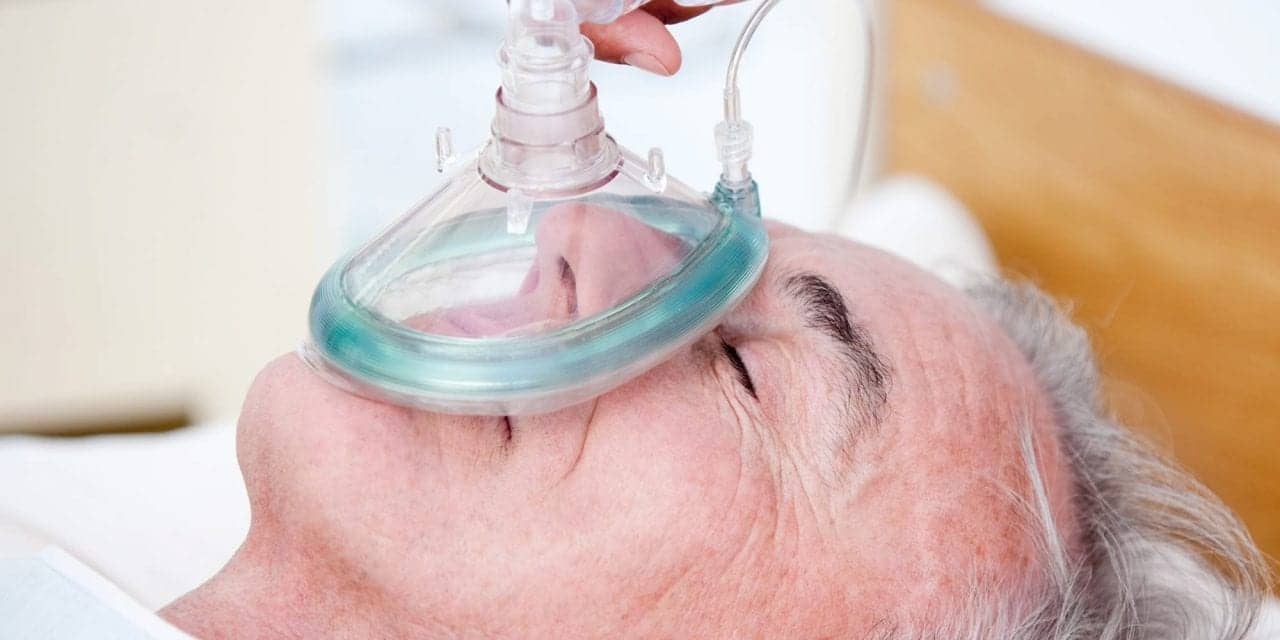end of life oxygen levels covid
Other symptoms might include a troublesome cough poor appetite chest pain and disturbed sleep patterns. If a person has a mild case of COVID-19 and is self-treating at home an oximeter can be a helpful tool for checking oxygen levels so that low oxygen levels can be caught early.
1 the use of standard oxygen via nasal cannula Venturi or non-rebreathing masks and 2 high-flow nasal therapy via a specially modified soft loose-fitting nasal cannula.

. Continue to bring down the liter flow by ½ LPM repeating steps 2-4 above. Overall mortality risk from COVID-19 is estimated to be between 3 and 512. Looking at related studies of oxygen supplementation at end of life in conditions such as heart failure and chronic obstructive pulmonary disease two results stand out.
COVID-19Coronavirus Comfort Care Symptom Management Guide End of Life DYSPNEA Assessment Use RDOS respiratory distress scale to assess in a non-verbal patient Rely on opioids for comfort Non-pharmacologic interventions ositioning P sit up Medical management See How to Dose Opioids. In certain scenarios escalation of life-sustaining therapies defined as intubation mechanical ventilation vasopressor support andor hemodialysis will either not be within the patients goals of care or will unfortunately be unsuccessful. He had been clear about his end-of-life care wishes.
For all patients at the end of life both their care and prescribing should be individualised. It can also reduce the likelihood of admission to intensive care by up to 25. Basic oxygen therapy Coronavirus patients who have become breathless will be struggling to get enough oxygen into their blood.
The following guidance on drugs and dosing may need to be tailored to specific situations and clinical scenarios eg. 6 hours agoA retrospective analysis of over 7000 patients with COVID-19 found that pulse oximeter devices tools that measure oxygen levels in the blood and that are used in virtually every US. Reduced lung function may result in low levels of oxygen in the blood.
So can a pulse oximeter be a helpful tool for monitoring COVID-19 at home. Seek advice if needed. When an adult patient has COVID-19 and cannot maintain adequate oxygen saturations SpO2 it is well recognised that the timely and effective use of respiratory supports plays a key role in reducing the length and severity of the course of COVID-19.
This can cause fluid retention in your legs and tummy which can be uncomfortable. Oxygenation targets The World Health Organization suggests titrating oxygen to a target peripheral oxygen saturation SpO 2 of 94 percent during initial resuscitation and 90 percent for maintenance oxygenation. Anthony Cardillo an ER specialist and CEO of Mend Urgent Care in Los Angeles says the oxygenation level in the blood of an average person.
Flare-ups usually reduce oxygen in your blood further and can make these symptoms worse. I there is no palliative benefit if the oxygen saturation is normal in the presence of breathlessness and ii very near the predicted end of life the paraphernalia of oxygen. Doctors start to worry when this level drops under 90 because this can.
In general the people who are theoretically more at risk for oxygen issues. Given that COVID-19 is. The result is a sneaky onset of hypoxia with some.
Over the weekend it was reported President Trumps oxygen levels had dropped as a result of the coronavirus. But then his oxygen levels decreased and he started to decline. Patients with a known intolerance to morphine or likely to develop this due to renal failure.
As their oxygen levels slowly decline their breathing rate gradually increases to compensate which blows out loads of the bodys carbon dioxide. On new oxygen level do not change the oxygen level for 12 to 24 hours. A normal oxygen level measured by a pulse oximeter is around 97 unless you have other underlying health problems like COPD.
When your oxygen saturation is 92 or greater at rest and 90 or greater with activity or exercise or when laying down on ½ LPM then turn off the oxygen. The most common clinical features at the onset of COVID-19 include fever fatigue dry cough anorexia myalgias dyspnea and sputum production9Symptoms related to COVID-19 might advance quickly and staff must be prepared to escalate medication dosing to. So the most basic form of treatment that can be given in hospital is.
Confusion increased pulse rate 20 average low oxygen saturation. The evidence for supplemental oxygen as palliative treatment in end-stage patients is outlined from two different perspectives. Reuters Silent hypoxia progressing rapidly to respiratory failure explains cases of COVID-19 patients dying suddenly despite not feeling short of breath.
As Levitan notes in his op-ed one reason. From day one he said he.
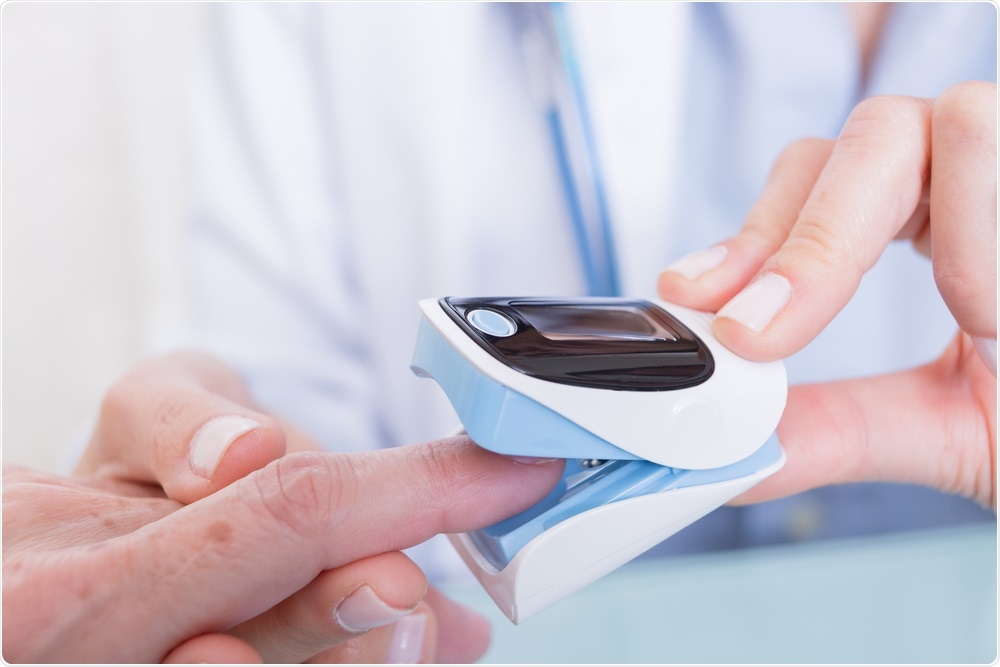
Silent Hypoxia And Its Role In Covid 19 Detection

I M Hesitant To Identify Myself As A Covid 19 Long Hauler Stat
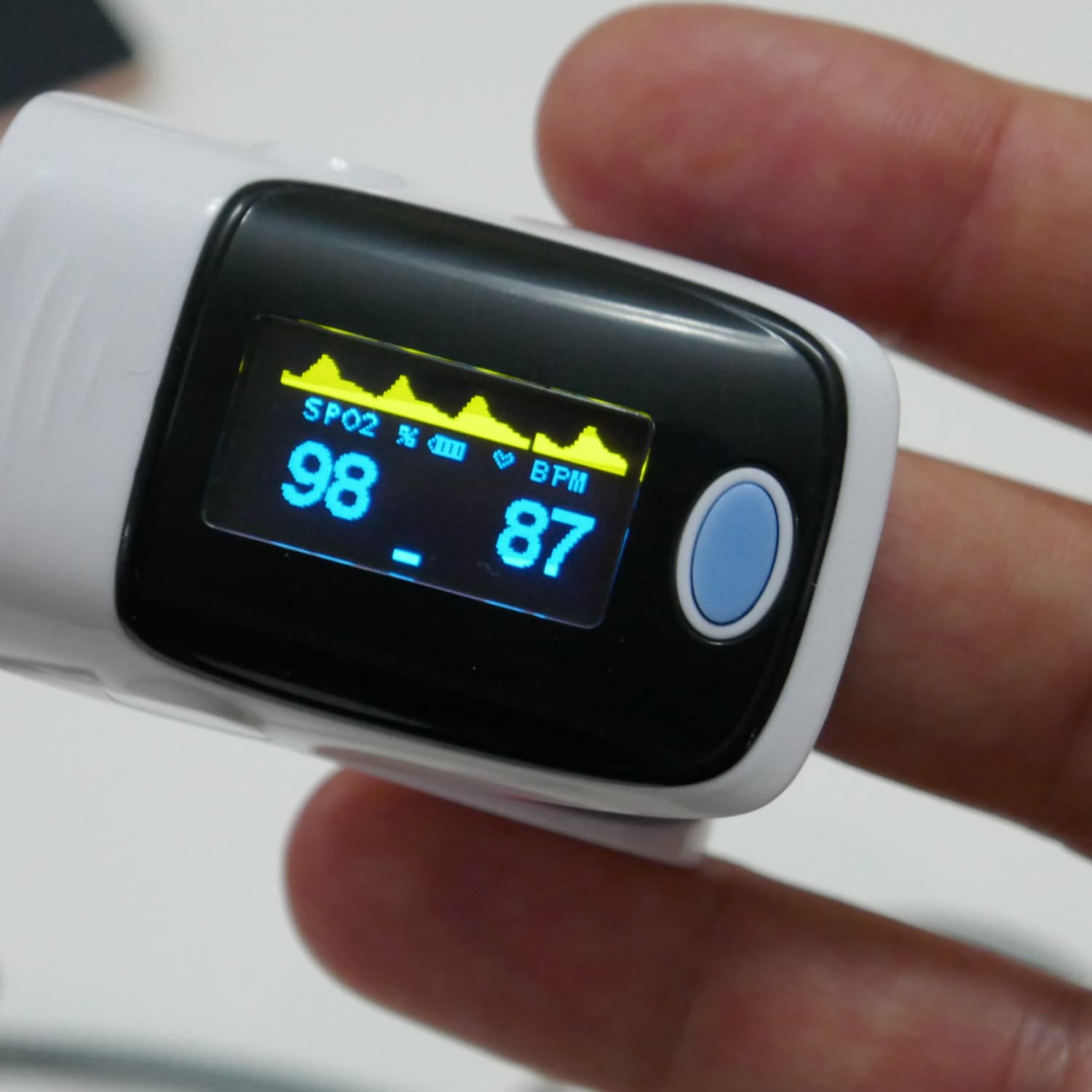
Pulse Oximetry Fact Sheets Yale Medicine

Why Ventilators Are Increasingly Seen As A Final Measure With Covid 19 Pbs Newshour
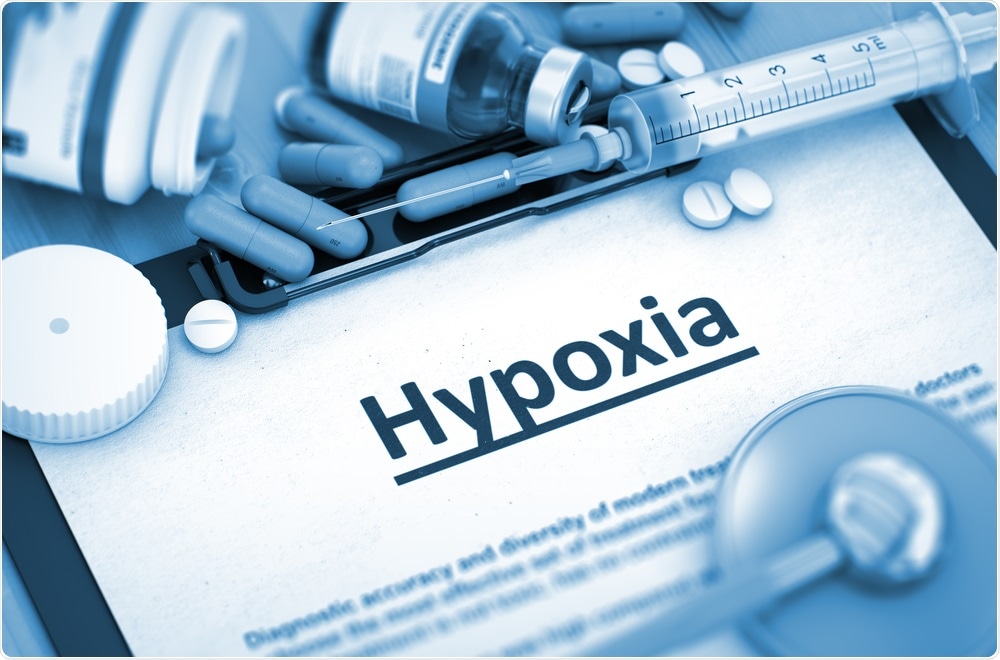
Silent Hypoxia And Its Role In Covid 19 Detection
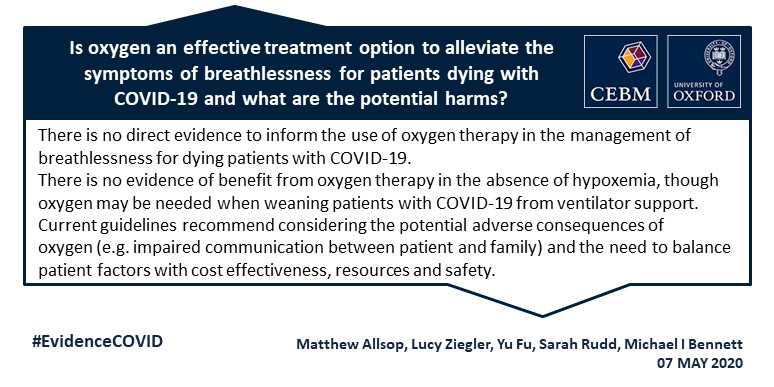
Is Oxygen An Effective Treatment Option To Alleviate The Symptoms Of Breathlessness For Patients Dying With Covid 19 And What Are The Potential Harms The Centre For Evidence Based Medicine
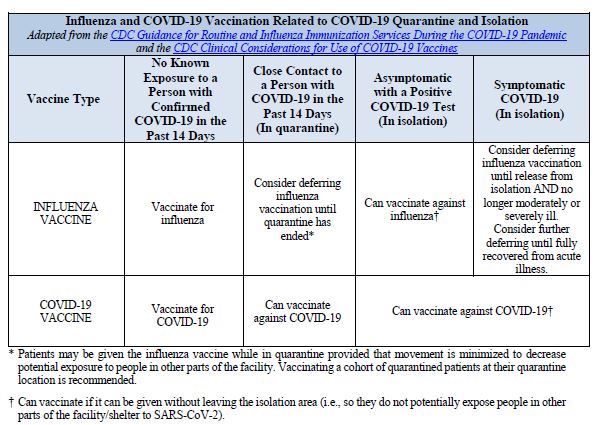
Covid 19 And Seasonal Influenza Interim Guidance For Health Care And Public Health Providers Cchcs
Oxygen Provision To Severely Ill Covid 19 Patients At The Peak Of The 2020 Pandemic In A Swedish District Hospital Plos One

End Of Life Signs The Final Days And Hours

Oxygen Saturation Respiratory Rate Predict Covid 19 Mortality

Early High Titer Plasma Therapy To Prevent Severe Covid 19 In Older Adults Nejm
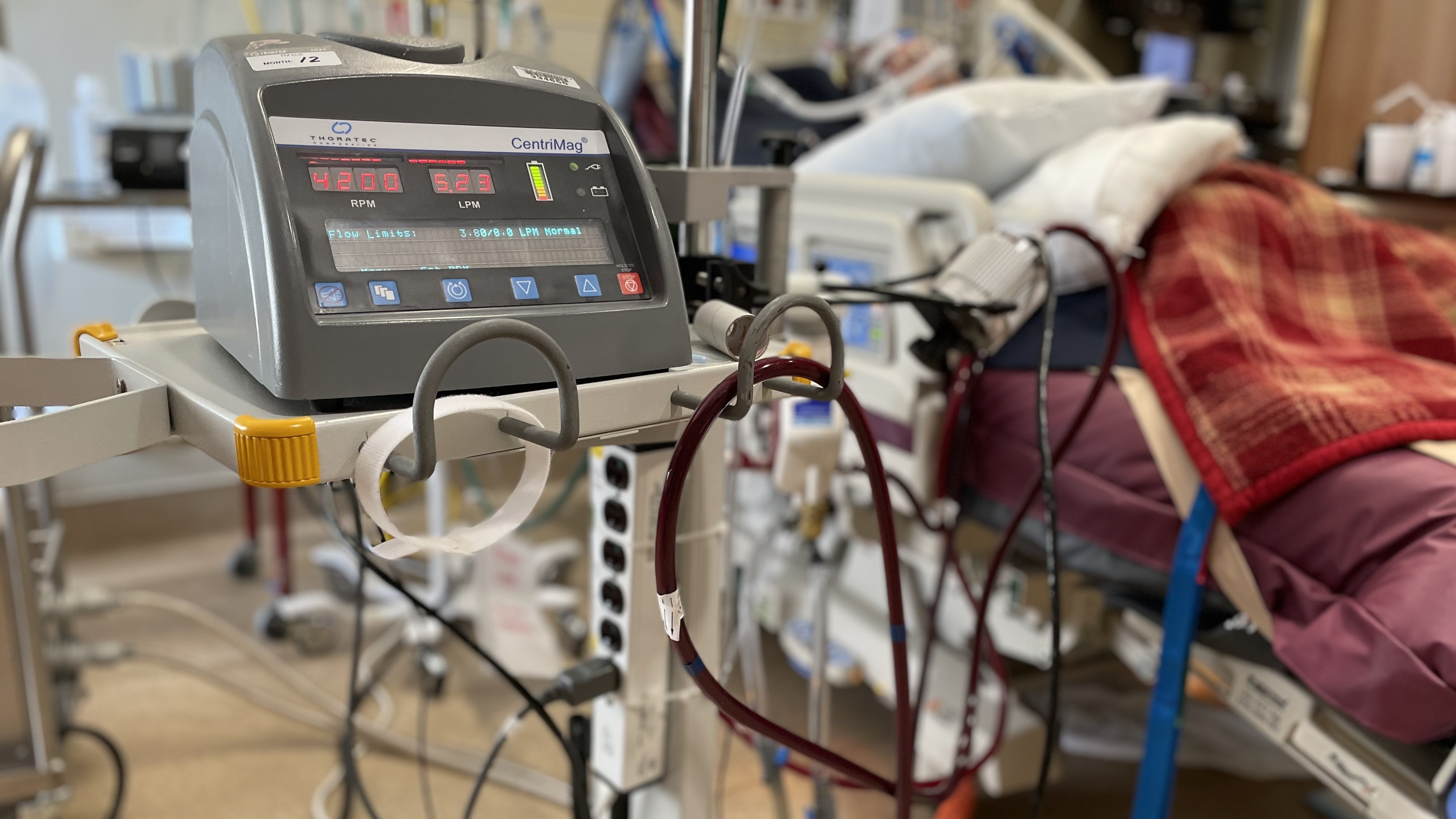
Too Few Hospitals In Covid Hotspots Are Equipped To Offer Ecmo Shots Health News Npr

How A Popular Medical Device Encodes Racial Bias Boston Review

Long Term Effects Of Covid 19 Mayo Clinic Proceedings

Oxygen For All During Covid 19 Coronavirus And Beyond

Mild Or Moderate Covid 19 Nejm

Post Covid 19 Conditions In Ecuadorian Patients An Observational Study The Lancet Regional Health Americas

They Survived The Ventilator But Why Does Their Covid 19 Coma Persist Shots Health News Npr

Opinion The Infection That S Silently Killing Coronavirus Patients The New York Times
